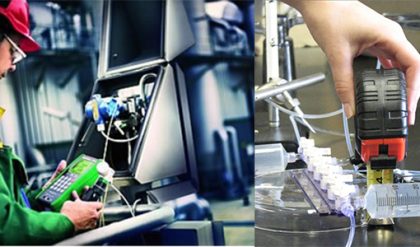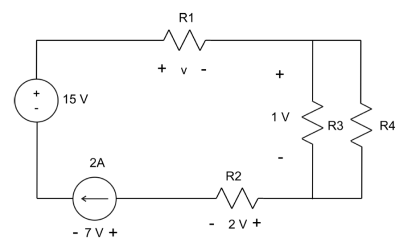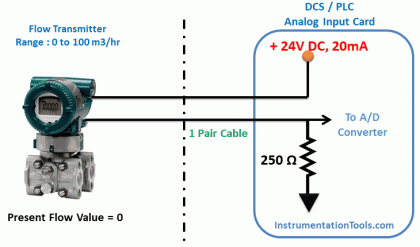
The synchronous generators or alternators are rated in KVA or MVA instead of kW rating.
Electrical appliances or machines generally have the rated capacity they can withstand without overheating and damaging the insulation. That is, the classification of electrical machines is governed by the increase in temperature caused by the internal loss of the machine.
The loss of copper in the armor depends on the current of the armature and the loss of the core depends on the voltage and these losses are independent of the power factor.
The reason why transformers and synchronous generators are classified in volts-amperes instead of watts is that the manufacturer does not know to what power factor these equipment will operate.
On the other hand, while it is being manufactured, the motor manufacturer specifies the power factor in which the motor must be operated. This is the reason why motor loads (including synchronous motors rated in kW) are rated in watts of power.
In the case of the manufacturer of alternators and transformers, the operating power factor is not known. Hence, they are qualified in KVA or MVA.
Consider a generator whose output power is 1000kVA, for different power factors 0.2, 0.5 and 0.8 and unit, respectively, the power output in kW will be 200, 500, 800 and 1000kW.





